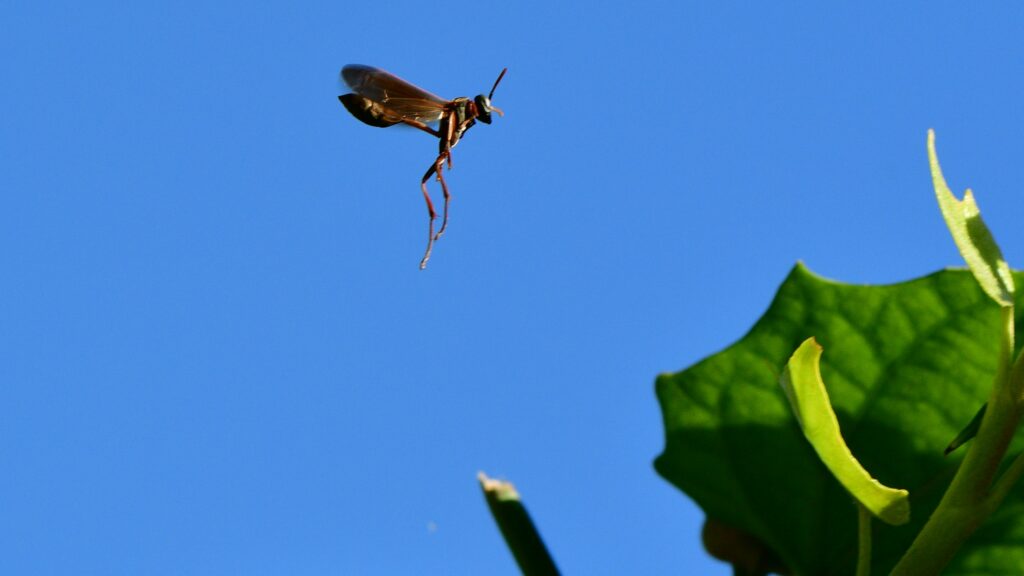In the vast world of insects, where millions of species showcase incredible abilities, one tiny creature stands out for its extraordinary leaping capability. The humble froghopper, particularly species in the Cercopidae family, can catapult itself to heights exceeding 100 times its own body length—a feat that would be equivalent to a human jumping over a skyscraper. This remarkable jumping prowess has fascinated scientists, inspired engineers, and earned these unassuming bugs the title of nature’s greatest jumpers. Through specialized anatomical adaptations and a unique energy storage mechanism, these insects demonstrate how evolutionary pressures can lead to seemingly superhuman abilities packed into a body smaller than a grain of rice.
The Remarkable Froghopper: An Introduction
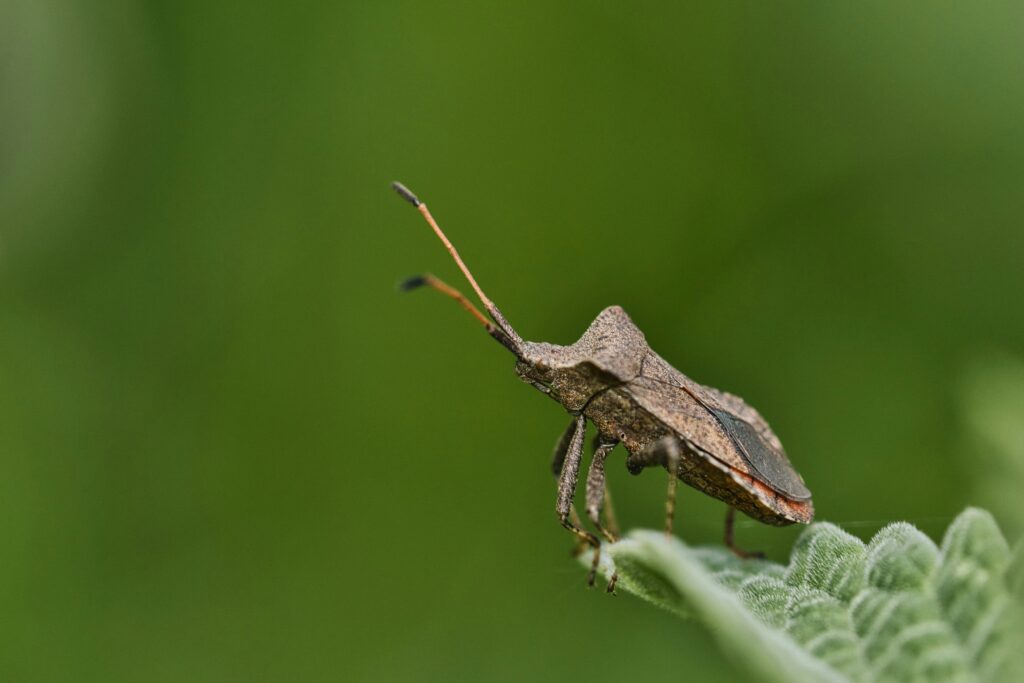
Froghoppers, also known as spittlebugs in their juvenile form, belong to the Cercopidae family within the order Hemiptera. Despite measuring only 6-7mm in length, these tiny insects have achieved evolutionary fame through their extraordinary jumping capabilities. Scientists have documented froghoppers accelerating at over 400g—nearly 400 times the force of gravity—during their jumps, reaching speeds of up to 4 meters per second in mere milliseconds. Their jump height of up to 70cm might seem modest until you consider it’s equivalent to a human leaping over a 210-meter building in a single bound, making them proportionally the most powerful jumpers in the animal kingdom.
The Science Behind the Super Jump

The froghopper’s jumping ability relies on a remarkable biological catapult mechanism that has evolved over millions of years. Unlike grasshoppers that use direct muscle power, froghoppers employ a specialized energy storage system centered around a structure called the pleural arch. This bow-like structure compresses slowly, storing elastic potential energy like a coiled spring, before releasing it in an explosive burst. The insect’s muscles work to compress this spring-like mechanism over several seconds, but the actual jump occurs in less than a millisecond—too fast for muscles alone to generate such force. This catapult mechanism allows the froghopper to achieve accelerations and jumping heights that would otherwise be physically impossible for an animal of its size.
Anatomical Adaptations for Extraordinary Leaps
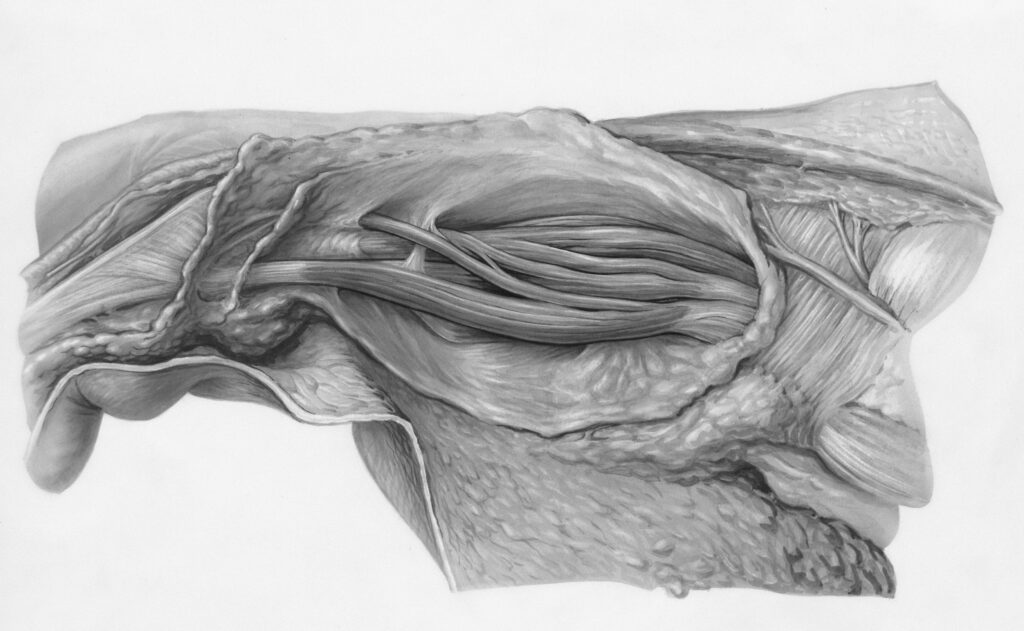
Froghoppers possess several specialized anatomical features that enable their remarkable jumps. Their hind legs contain large muscles connected to the pleural arch through a complex lever system that multiplies force. Unlike many jumping insects, froghoppers have hind legs that are not disproportionately large, as the power comes from the energy storage mechanism rather than muscle mass alone. The legs also contain specialized resilin—a highly elastic protein that can store and release energy with nearly 97% efficiency, far surpassing any human-made material. Additionally, their exoskeleton contains unique reinforcements at critical points to withstand the enormous forces generated during takeoff, preventing structural failure during these high-acceleration events.
Evolution of Nature’s Greatest Jumper

The froghopper’s extraordinary jumping ability evolved primarily as a predator avoidance mechanism, allowing these insects to escape quickly when threatened. Evolutionary biologists believe this adaptation developed gradually over millions of years through natural selection, with each incremental improvement in jumping ability providing survival advantages. Interestingly, froghoppers evolved their jumping mechanism independently from other notable insect jumpers like fleas and grasshoppers, demonstrating convergent evolution—where similar traits evolve separately in unrelated species facing similar environmental pressures. The froghopper’s jump is particularly specialized for rapid, high escape trajectories rather than the precisely controlled jumps seen in grasshoppers, reflecting their primary use of jumping as an emergency escape response rather than a regular mode of locomotion.
From Spittle to Spring: The Froghopper Lifecycle

The journey to becoming nature’s greatest jumper begins in a peculiar way—as a nymph surrounded by a protective mass of frothy fluid, earning them the common name “spittlebugs.” This juvenile form creates the frothy substance by blowing air through plant sap and waxy secretions from its abdomen, creating a protective microenvironment that shields it from predators and prevents dehydration. The nymphs feed on plant sap through their piercing mouthparts, gradually developing the complex jumping apparatus over several molting stages. Unlike the adults, nymphs lack the fully developed jumping mechanism, only gaining their extraordinary leaping abilities upon reaching maturity and shedding their final exoskeleton. This transformation from a slow-moving, sap-sucking nymph to an aerial acrobat represents one of the most dramatic functional changes in insect development.
Record-Breaking Numbers: Quantifying the Jump

The statistics behind the froghopper’s jump are truly staggering when examined closely. High-speed photography has revealed that these insects accelerate from 0 to 4 meters per second in less than a millisecond—experiencing forces exceeding 400 times gravity, more than fighter pilots endure in the most extreme maneuvers. If scaled to human proportions, a froghopper jump would be equivalent to launching yourself from standing still to over 140 miles per hour in the blink of an eye. The fastest species can clear vertical distances of up to 70cm (about 27 inches) while weighing less than 12mg—a power-to-weight ratio that puts virtually every other jumping animal to shame. Even more impressive, research has shown that froghoppers maintain remarkable consistency in their jumps, with almost identical acceleration profiles across multiple leaps.
Comparing Nature’s Jumpers: How Froghoppers Outleap the Competition

While several insects are known for their jumping prowess, the froghopper consistently outperforms them all in terms of height relative to body size. Fleas can jump about 50-100 times their body length, impressive but still only about half the froghopper’s capability. Grasshoppers typically manage 10-20 times their body length, while locusts can reach about 30 times theirs. Among vertebrates, the galago (bushbaby) is considered an exceptional jumper, reaching about 8 times its body length. The champion among mammals, the klipspringer antelope, can jump about 5 times its own height. Even specialized jumping spiders only manage about 25 times their body length, making the froghopper’s 100-times-height jump truly exceptional in the animal kingdom.
Ecological Role and Habitat Distribution

Froghoppers are found on every continent except Antarctica, thriving particularly in temperate and tropical regions with abundant vegetation. Different species have adapted to various plant communities, from grasslands to forests, though most prefer moist environments that support the succulent plants they feed on. As sap-feeding insects, froghoppers play a complex role in ecosystems—sometimes considered minor agricultural pests when feeding on crops, but also serving as important prey for numerous predators including birds, spiders, and larger insects. Their jumping ability significantly reduces predation rates, allowing froghoppers to maintain stable populations despite being relatively defenseless otherwise. Some species have developed specific plant associations, with certain froghoppers only found on particular host plants, creating specialized ecological niches.
The Challenges of Studying Minute Jumpers

Researching the mechanics of froghopper jumps presents significant technical challenges due to the extreme speed and small scale of their movements. Scientists have had to develop specialized high-speed cameras capable of capturing thousands of frames per second to document the jump process that occurs in less than a millisecond. Force plates sensitive enough to measure the tiny pressures exerted by these 12mg insects required custom engineering solutions. Studying the internal mechanics has been even more challenging, requiring advanced micro-CT scanning and sophisticated computer modeling to understand how forces move through the insect’s exoskeleton during jumps. Perhaps most challenging is capturing natural jumping behavior, as the insects are highly sensitive to disturbances and may alter their performance when they feel threatened in laboratory settings.
Biomimicry: Learning from Nature’s Design
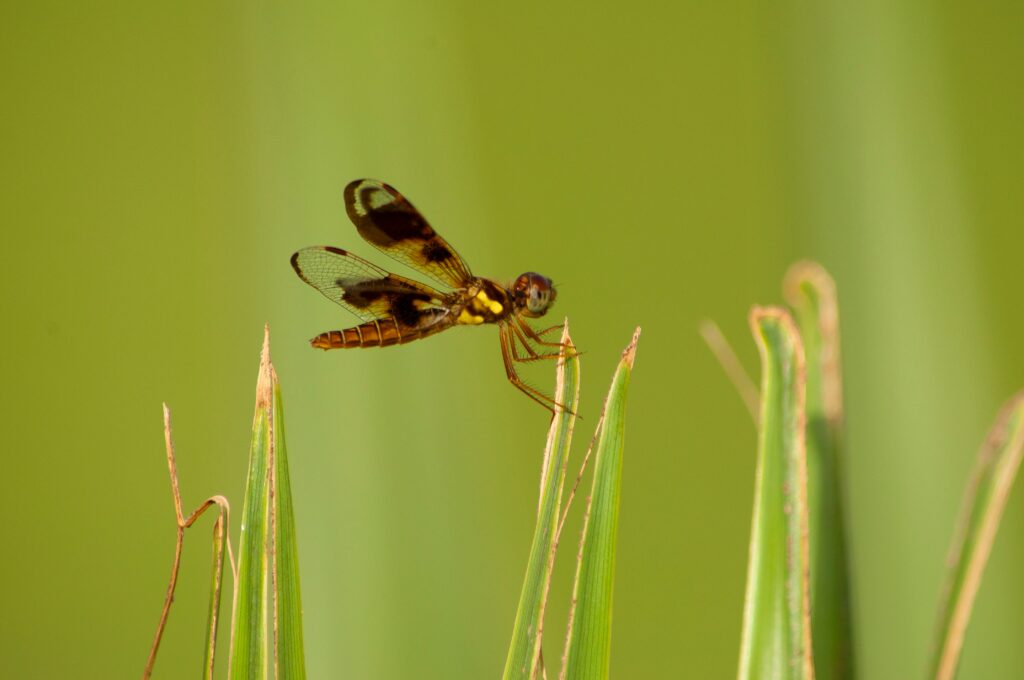
The froghopper’s extraordinary jumping mechanism has attracted significant attention from engineers and designers looking to nature for inspiration. Robotics researchers have studied the energy storage and release system to develop more efficient jumping robots for applications ranging from search and rescue to space exploration. The pleural arch mechanism has influenced the design of catapult systems that can achieve high acceleration with minimal energy input. Materials scientists are particularly interested in the properties of resilin, the super-elastic protein that enables the energy storage, as it outperforms all synthetic elastomers in efficiency and durability. Some experimental micro-robots have already incorporated design principles from froghopper mechanics, creating machines that can leap many times their own height—though still falling far short of the biological original’s capabilities.
Conservation Concerns and Climate Change
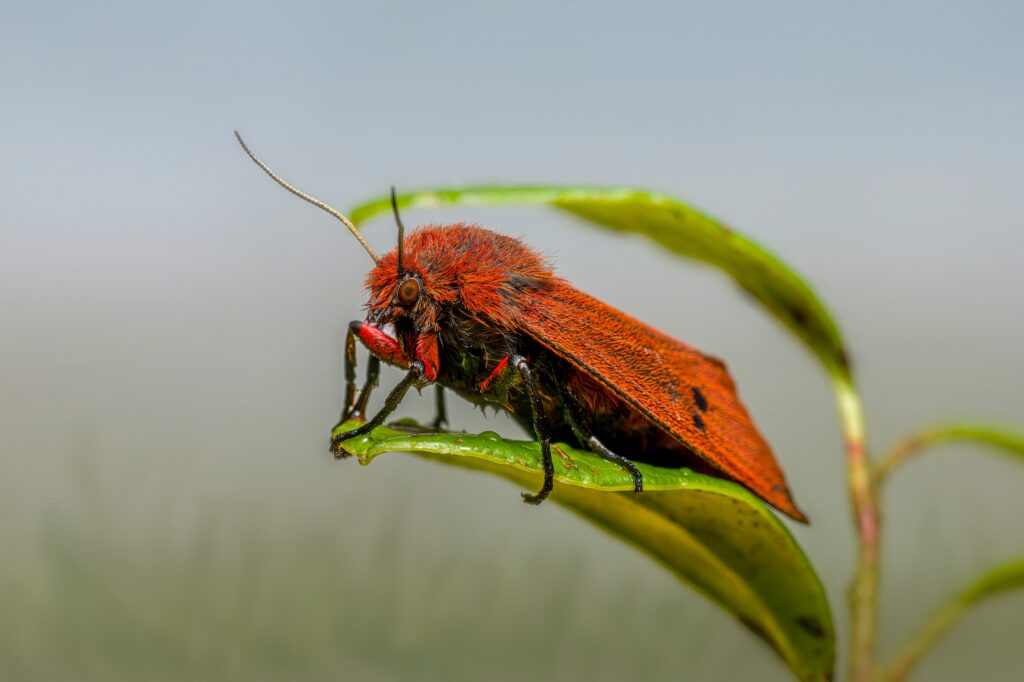
While froghoppers as a family are not generally considered threatened, specific species face challenges from habitat loss and changing environmental conditions. Agricultural intensification has reduced suitable habitat in many regions, particularly affecting specialist species that rely on specific host plants. Climate change presents both opportunities and threats, with some froghopper species expanding their ranges northward in the northern hemisphere, while others face pressure from changing precipitation patterns that affect their host plants. Pesticide use poses another significant threat, as these chemicals directly target sap-feeding insects like froghoppers. Conservation efforts rarely focus specifically on these small insects, though broader initiatives to protect insect biodiversity and reduce pesticide use benefit froghoppers alongside more charismatic species.
Cultural Significance and Human Perceptions
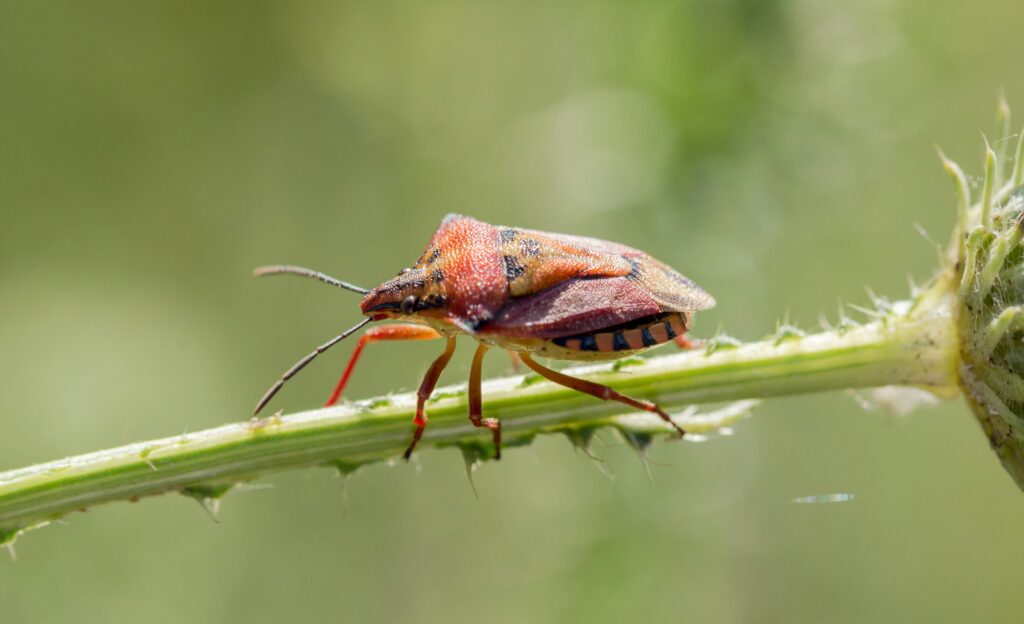
Despite their remarkable abilities, froghoppers remain relatively obscure in popular culture compared to other insects like butterflies or beetles. The spittle masses created by nymphs are more widely recognized than the adult insects themselves, often noticed by gardeners who may view them as mild pests. In some traditional agricultural communities, spittlebug foam has featured in folklore as “cuckoo spit” or “frog spit,” believed to be left by birds or amphibians rather than insects. Scientific interest has brought more attention to these insects in recent decades, with their jumping prowess occasionally highlighted in nature documentaries and science programming. The froghopper serves as an excellent example of how seemingly unremarkable organisms can possess extraordinary capabilities that extend our understanding of what’s physically possible in the natural world.
Future Research Directions
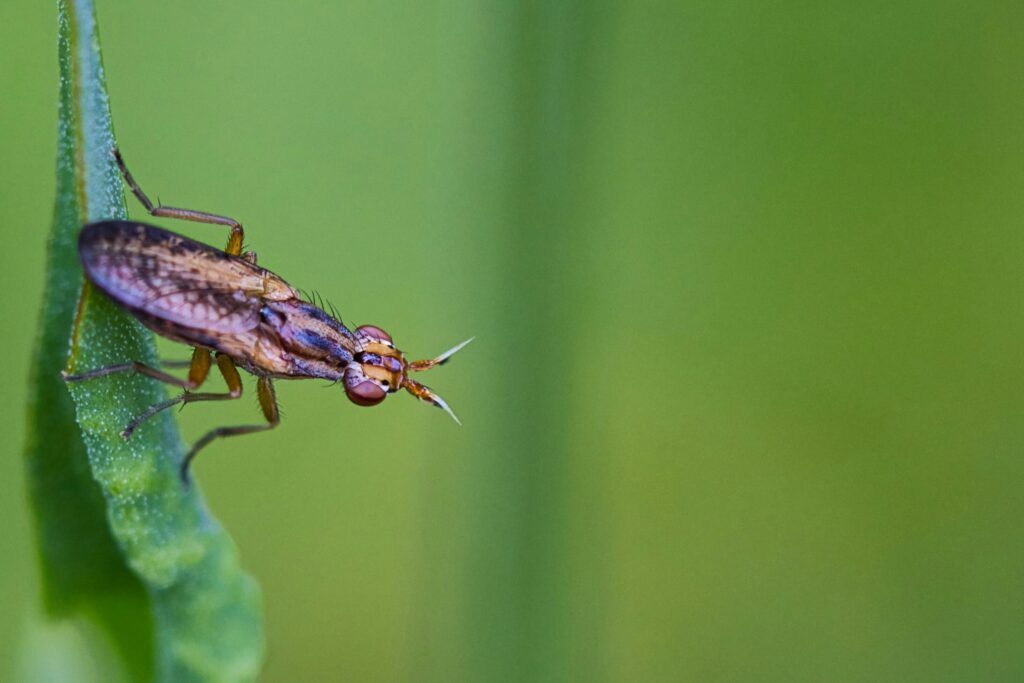
Scientists continue to pursue several promising avenues of research regarding these remarkable jumping insects. Genetic studies are beginning to unravel the evolutionary pathways that led to the development of the specialized jumping apparatus, potentially revealing how complex biomechanical systems evolve. Comparative studies across different froghopper species may identify variations in jumping performance and mechanisms, providing insights into evolutionary optimization processes. Neurobiological research aims to understand how such tiny brains coordinate the precise muscle contractions required for the energy storage phase and the split-second timing of the jump release. Perhaps most exciting are the applications in soft robotics, where researchers are developing new types of actuators and energy storage systems inspired by the froghopper’s elegant solution to generating extreme acceleration in a miniaturized package.

